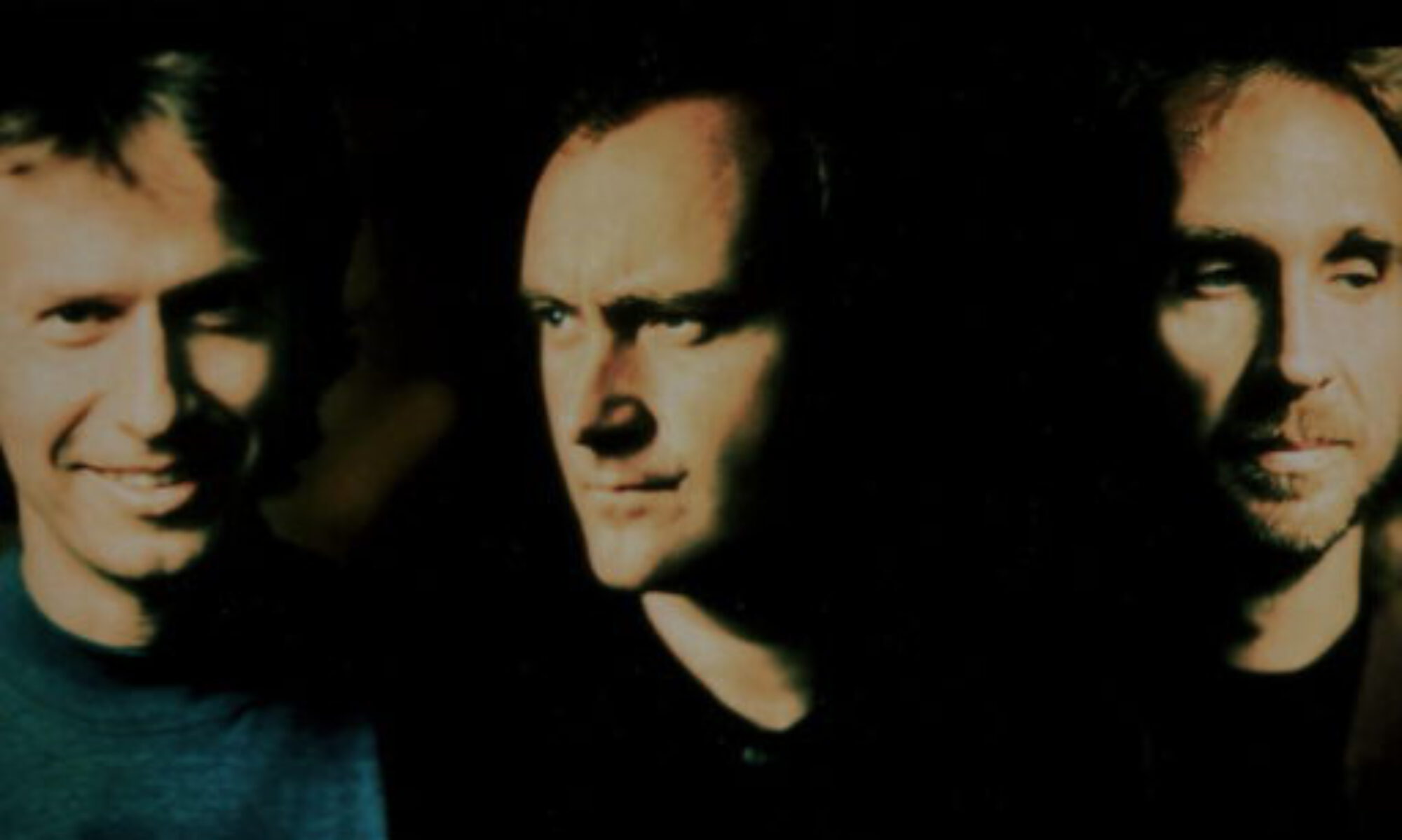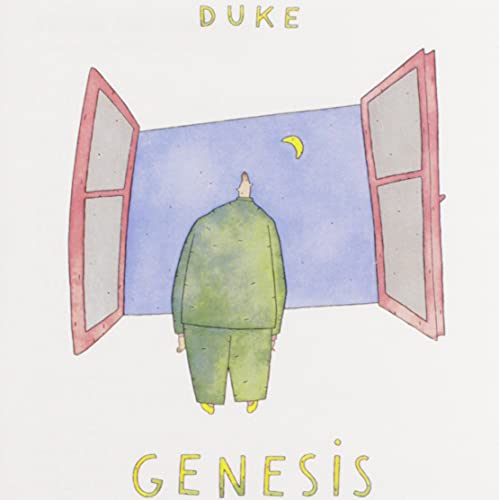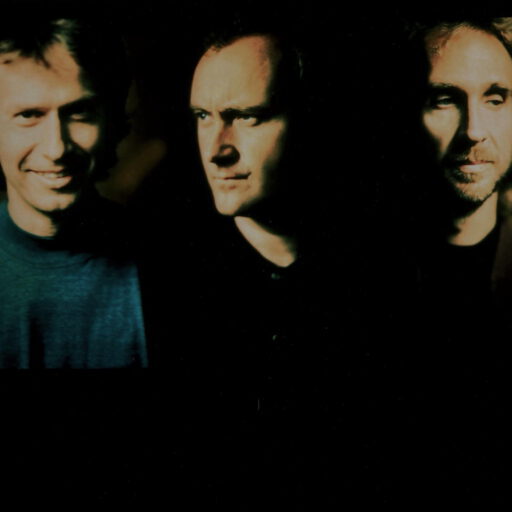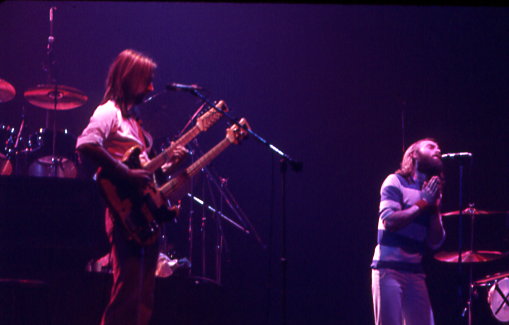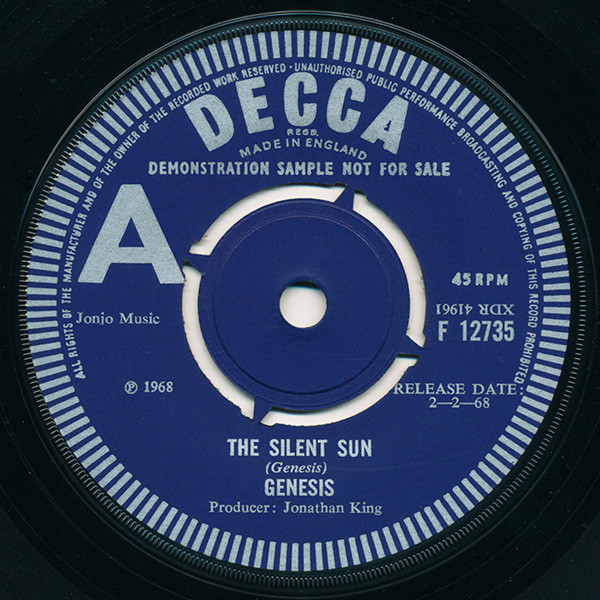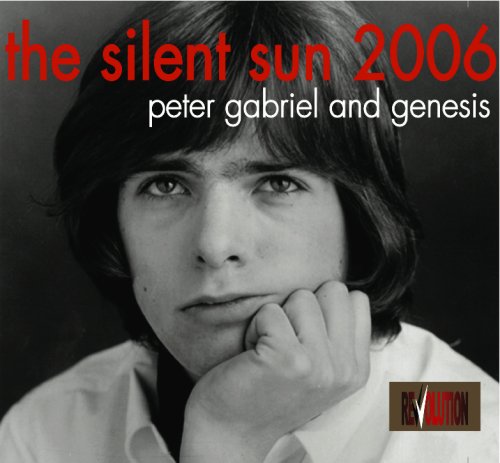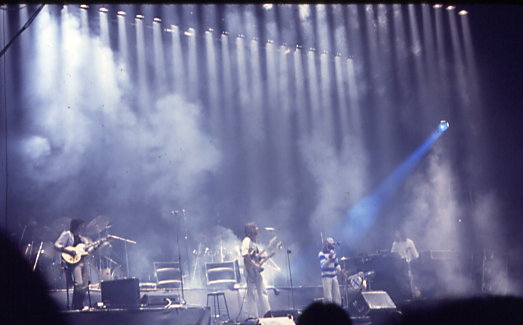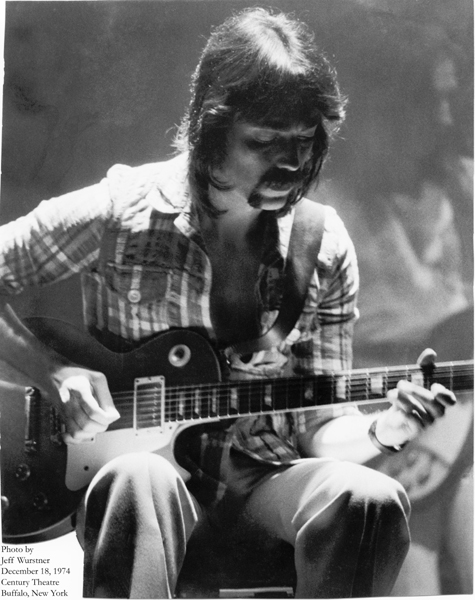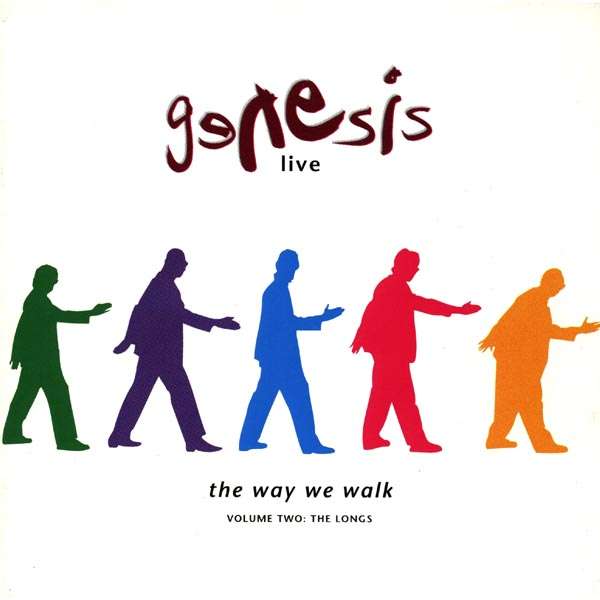The Album That Defined a New Era for Genesis
On March 28, 1980, Genesis released Duke, an album that marked a return to their roots as a band that thrived on jamming and improvisation. After years of bringing in individually written songs, the trio rediscovered the creative spark of working together. The result? One of their most celebrated albums—featuring the instant classic “Turn It On Again.”
Phil Collins Steps Into the Spotlight as a Songwriter
By the end of their grueling 1978 world tour, Phil Collins’ personal life was in turmoil. His marriage had fallen apart due to the relentless touring schedule, and in a last attempt to save it, he took a break from Genesis. While Tony Banks and Mike Rutherford used the time to release their first solo albums, Phil moved to Canada to try and rebuild his family life.
But it wasn’t meant to be. When his efforts failed, Phil returned to England, alone in his home in Surrey, and turned to music as an outlet – something he had never done quite like this before. For the first time, he began writing songs on his own, setting the stage for his future solo success.
Genesis Reignite Their Creative Energy
In 1979, Genesis regrouped at Phil’s home to start work on their next album. To Tony and Mike’s surprise, Phil had become a songwriter in his own right. While each member brought in individual ideas, the real magic happened when they began jamming again – something they hadn’t done since Peter Gabriel left the band. The result was a fresh, modern sound that still had the unmistakable Genesis touch.
“Turn It On Again” – The Song That Became a Genesis Anthem
Fans got their first taste of the new album in early March 1980, when Turn It On Again was released as a single. From the very start, it was clear this was a defining Genesis track.
Built around a complex 13/8 time signature, the song somehow felt effortlessly catchy -listeners didn’t even notice the odd rhythm until they tried to clap or tap their feet along with it. The song became a staple of Genesis’ live shows, appearing on every tour since its release. From 1983 onward, it was transformed into a high-energy rock medley, featuring snippets of classic cover songs.
Turn It On Again wasn’t just a hit; it became synonymous with Genesis. The band later named a greatest hits collection after it (Turn It On Again: The Hits) and even titled their 2007 reunion tour Turn It On Again – The Tour.
On an album filled with outstanding tracks, this driving, offbeat number had a special place. It reached #8 on the UK charts, earning Genesis a live performance on Top of the Pops – a rare treat for the band at the time.
Duke – The Story of Albert
The album itself, Duke, was released in late March 1980 and became Genesis’ first-ever UK #1 album.
Its artwork introduced the world to Albert, the faceless character on the cover, and the music inside told a loose narrative about fame, fortune, and downfall. The album opened with Behind The Lines, a grand, euphoric track that quickly shifted into a soulful, anthemic song – a bold statement from a band entering the new decade.
Together, Phil, Tony, and Mike proved once again that they were the core of Genesis, the same trio behind some of their greatest musical moments: the ‘Apocalypse of 9/8’-climax of “Supper’s Ready,” the instrumental finale of “The Cinema Show,” and large portions of The Lamb Lies Down on Broadway.
“Misunderstanding” – A Glimpse into Phil Collins’ Future
Despite the collaborative approach, each band member contributed individual songs to Duke. Among them was Misunderstanding, one of the first songs Phil ever wrote entirely by himself for Genesis.
Unlike their usual intricate arrangements, Misunderstanding was a straightforward, heartfelt pop song, with simple yet effective lyrics and a laid-back groove. Surprisingly (or maybe not), it became a bigger hit in the U.S. than in the UK, reaching the Top 20 and offering an early glimpse of Phil’s future success as a solo artist.
A Favorite Among Fans – and the Band
Duke remains a favorite among Genesis fans, and Tony Banks often cites it as one of his personal top Genesis albums. He especially highlights “Duchess”, a song that blends Genesis’ progressive roots with their evolving pop sensibilities.
As the first Genesis song to feature a drum machine, Duchess set the stage for much of their later work. The song’s story about an artist’s rise and fall even mirrors the band’s own journey – a theme that made it particularly special for Tony. Despite its deceptive simplicity, he considers it to be as emotionally powerful as “Supper’s Ready.”
Duke – The Album That Redefined Genesis
With Duke, Genesis proved they could balance artistic ambition with mainstream appeal. It marked a transition – a bridge between their progressive past and the radio-friendly sound that would define their 1980s success.
More than 40 years later, it remains one of their most important albums.
🎧 What’s your favorite track from Duke? Let us know in the comments!
